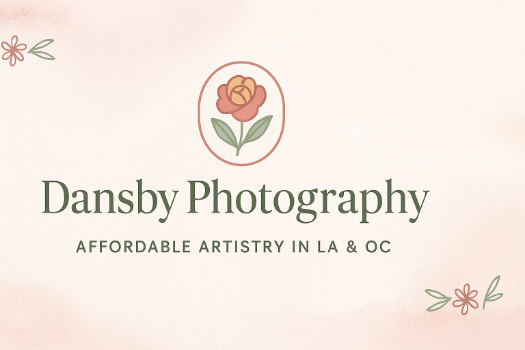Part 2: “The Invisible Artist: Respect, Credit, and Consent”
Thursday, May 29, 2025 | By: Dansby Photography
The Invisible Artist: Respect, Credit, and Consent
The Invisible Artist: Ethics, Credit, and Consent in Red Carpet Photography | Dansby Photography Blog
The Invisible Artist:
Respect, Credit, and Consent
From the Blog Series: “Framed But Forgotten: Ethics and the Reality of Red Carpet Photography”
In Part 1, we exposed the illusion of glamour in red carpet photography—highlighting underpayment and instability. But even when payment is made, deeper ethical violations persist: lack of credit, mistreatment, and systemic invisibility. This post is about what happens when photographers are rendered invisible—professionally, emotionally, and ethically.
The Unseen Worker
Photographers shape how we remember public moments. Yet despite their physical presence, their contributions are often omitted. Their names are left off bylines, their artistry ignored. This invisibility isn’t harmless—it erodes dignity and discourages future creatives.
“When your work is treated as disposable, you start to feel that you are too.”
Credit Where It’s Due
Crediting a photographer is not optional. It’s ethical. It’s professional. It’s the minimum.
- Recognition = livelihood. Credits lead to bookings and growth.
- Credits promote accountability. Attribution ensures ethical use.
- Credit protects intellectual property. Every image is a copyright.
And yet, credits are routinely omitted, especially for freelancers and marginalized photographers. “We didn’t know who took it” is not an excuse in the age of metadata.
Red Carpet Hostility
Photographers are often treated as second-class workers: pushed, ignored, yelled at, or denied basic accommodations. Meanwhile, PR reps, talent, and glam squads are treated with reverence. This unequal treatment reinforces unethical labor hierarchies that dehumanize those behind the lens.
The Consent Double Standard
Photographers are expected to uphold strict standards of consent when photographing others. But their own work is regularly cropped, reposted, stripped of credit, and monetized—without their approval.
This lopsided relationship is unethical and unsustainable. Consent must be mutual.
The Mental Health Cost of Being Ignored
Repeated disrespect and erasure wear on a person. Photographers often report anxiety, depression, burnout, and even identity erosion. Many exit the industry not because they lack talent—but because they were treated as disposable. Visibility is not vanity. It’s validation.
Building Ethical Standards for Photographer Respect
Ethical reform starts with small actions:
- Media outlets: Always credit. Never crop out watermarks. Pay fairly.
- Publicists & celebrities: Tag photographers. Say thank you.
- Event organizers: Offer humane work conditions and equal access.
“Tag the photographer. Say thank you. Pay fairly. Learn their name.”
Conclusion: Name the Artist
Next time you see a photo that captures a moment, ask yourself: Who took it? If you don’t know, that’s the problem. If the industry doesn’t care, that’s the challenge we must face.
In Part 3 of this series, we’ll explore solutions—tools and advocacy for repairing what’s broken and rebuilding respect.






Leave a comment
0 Comments